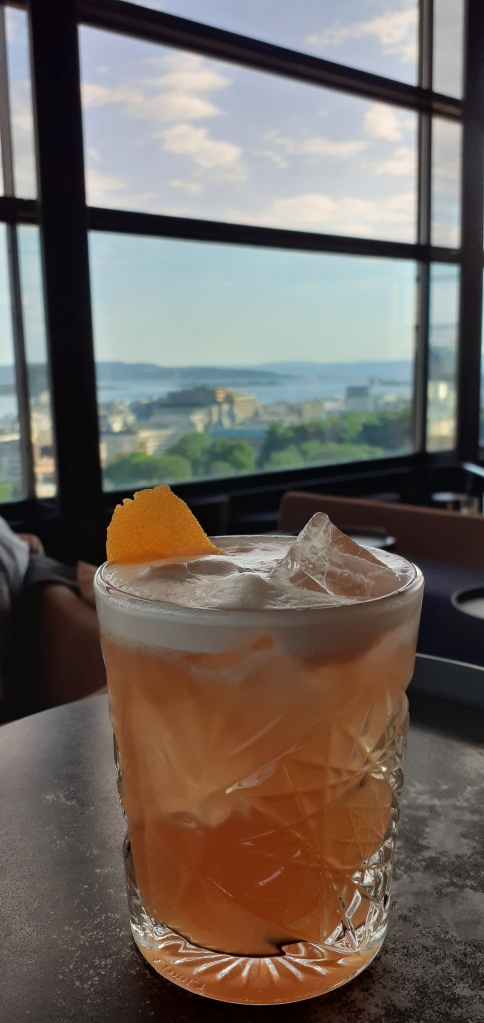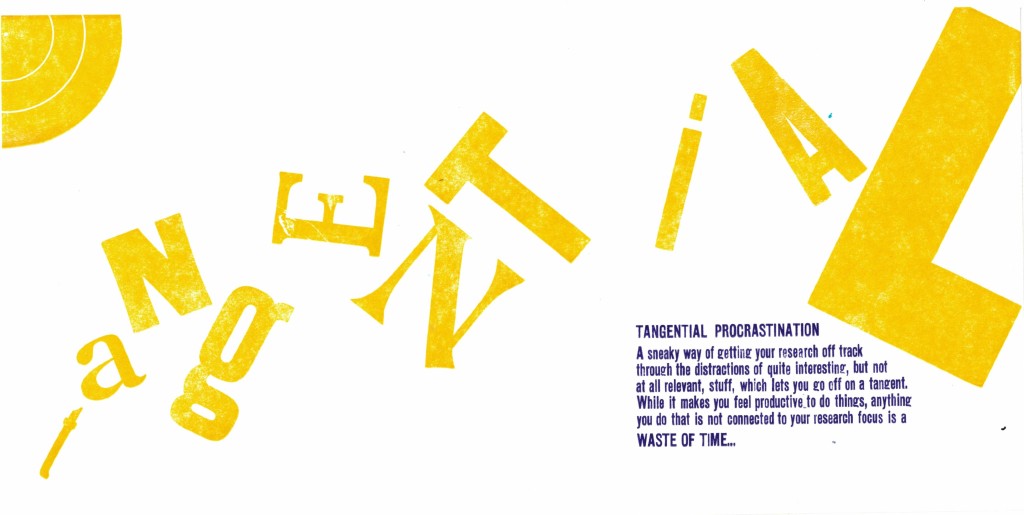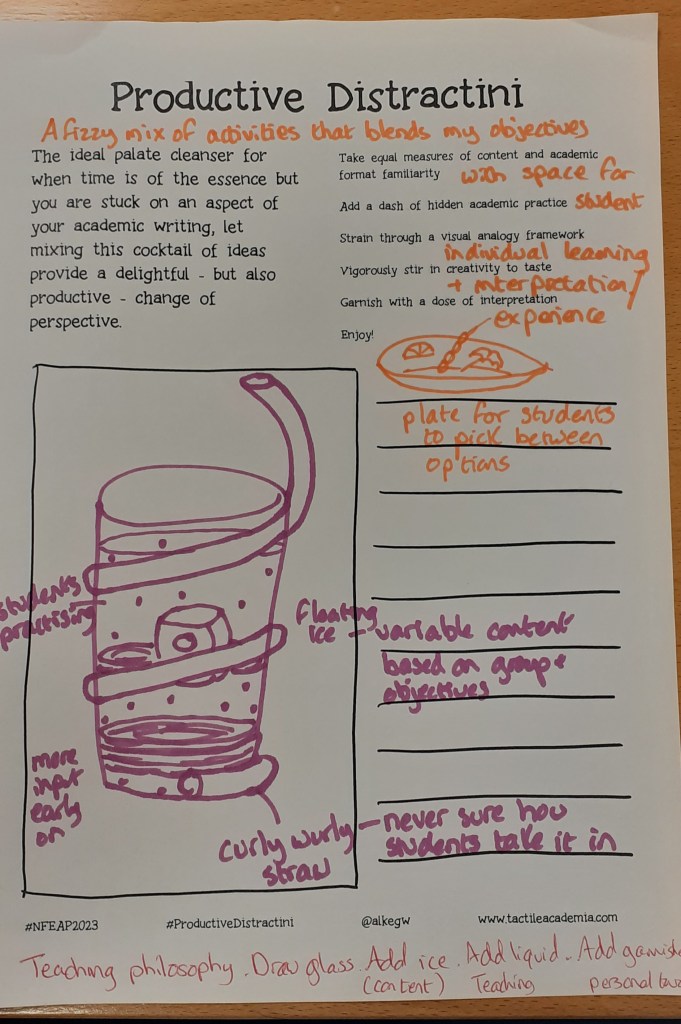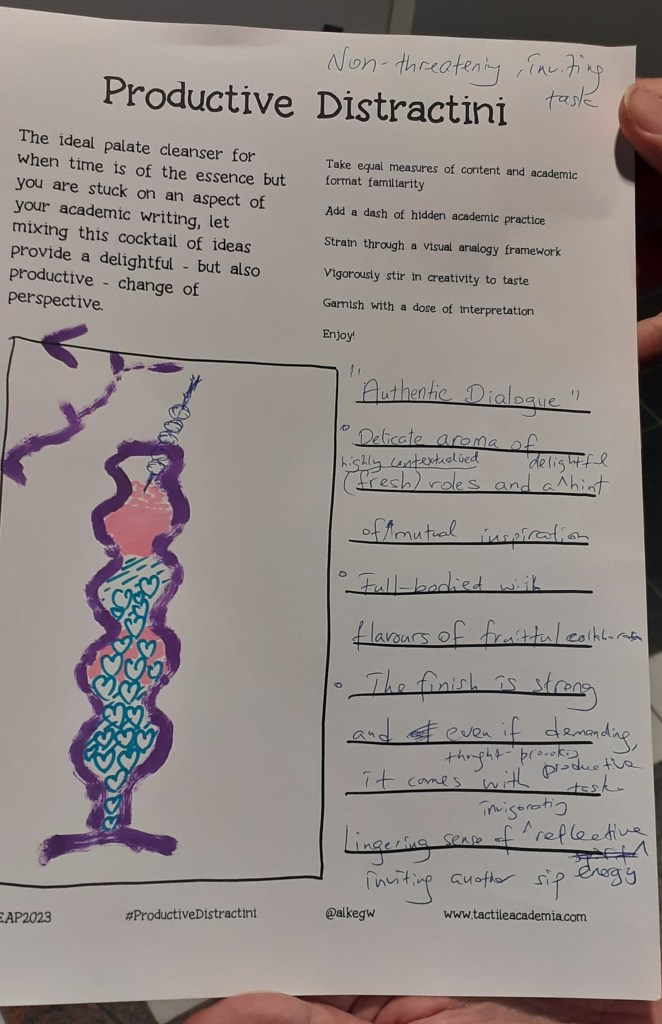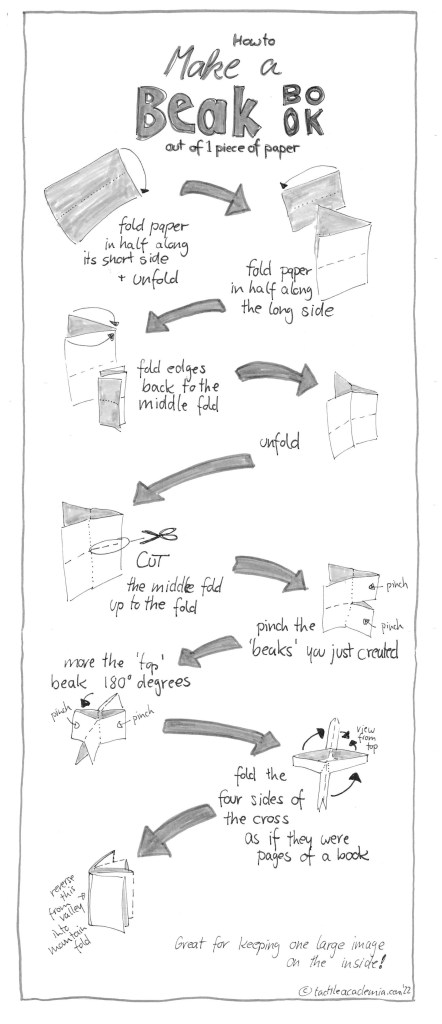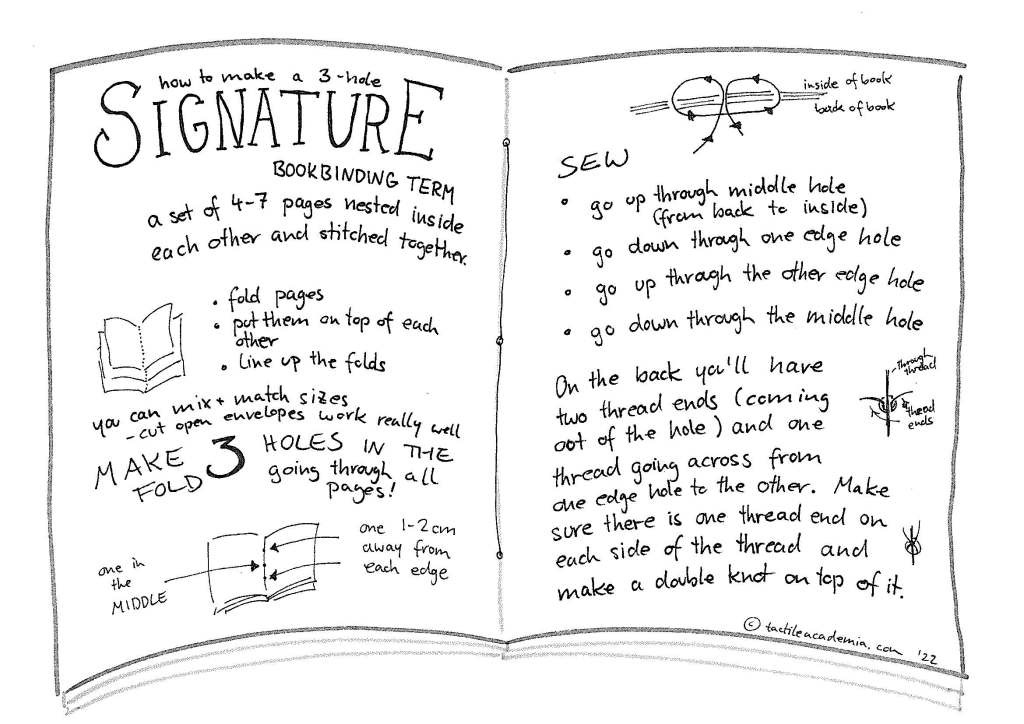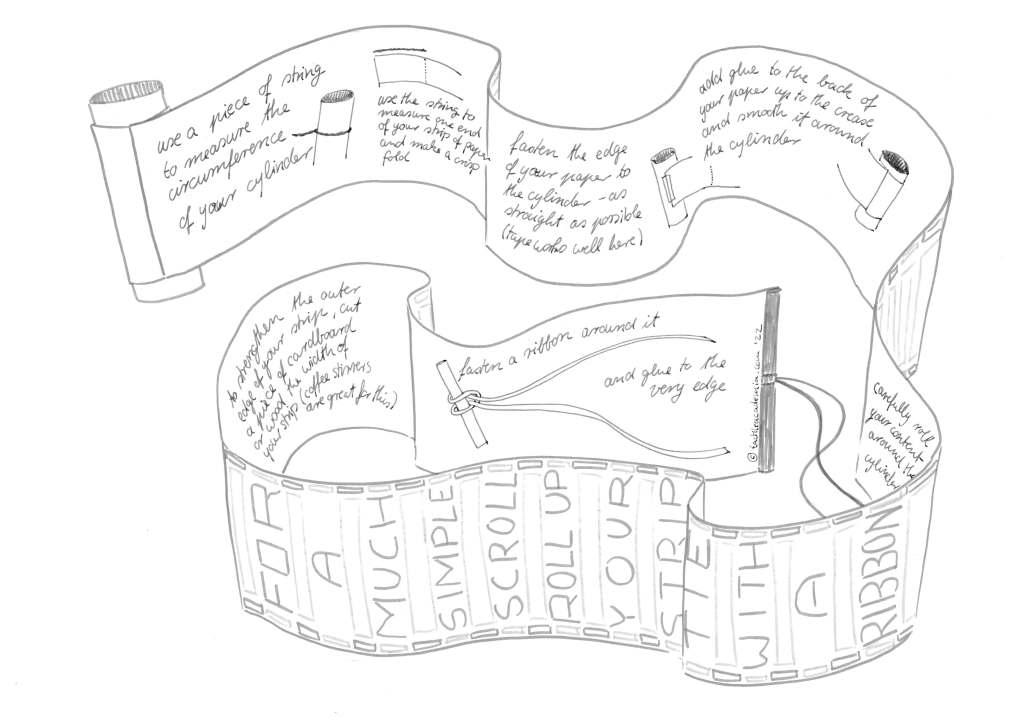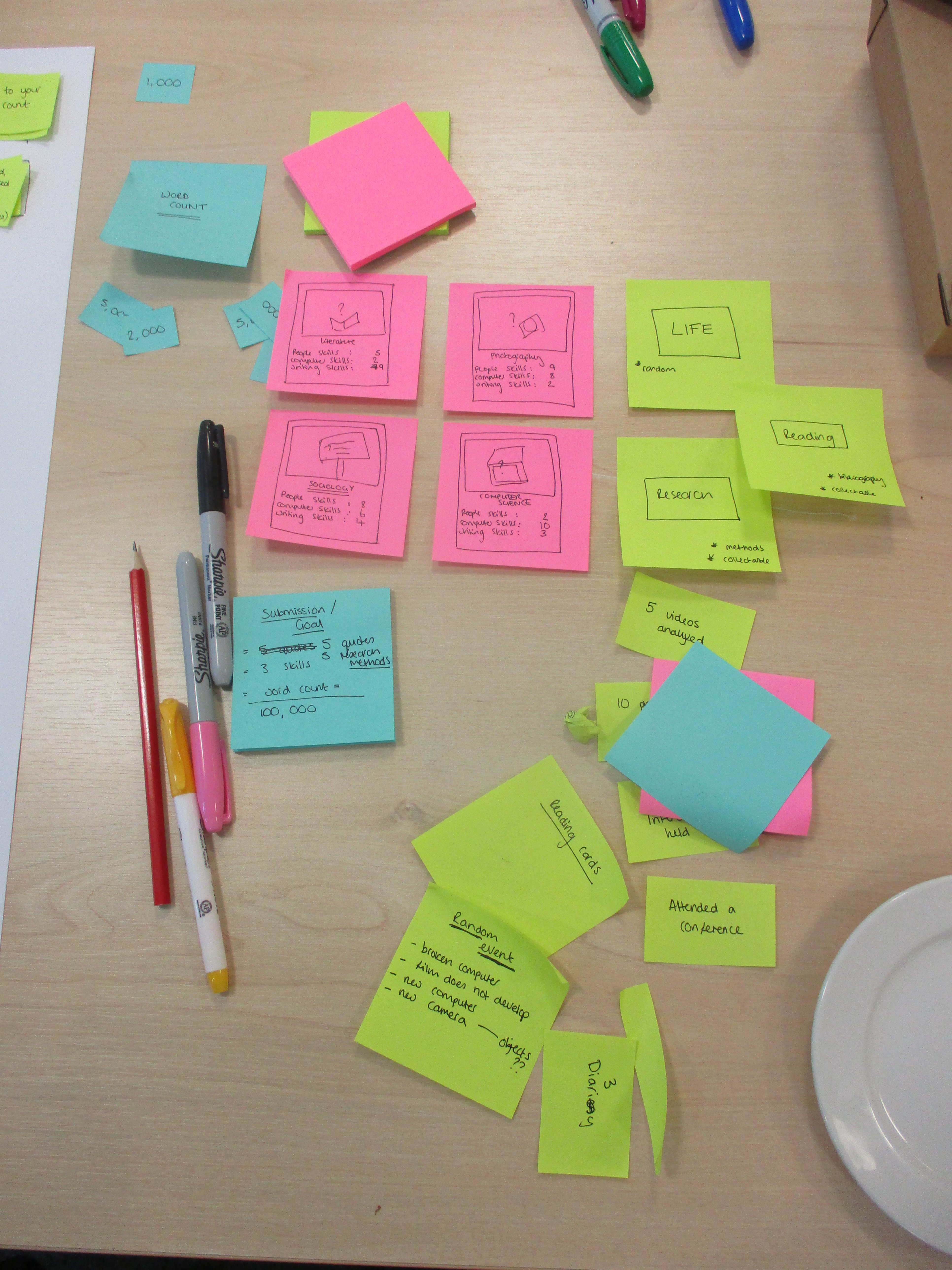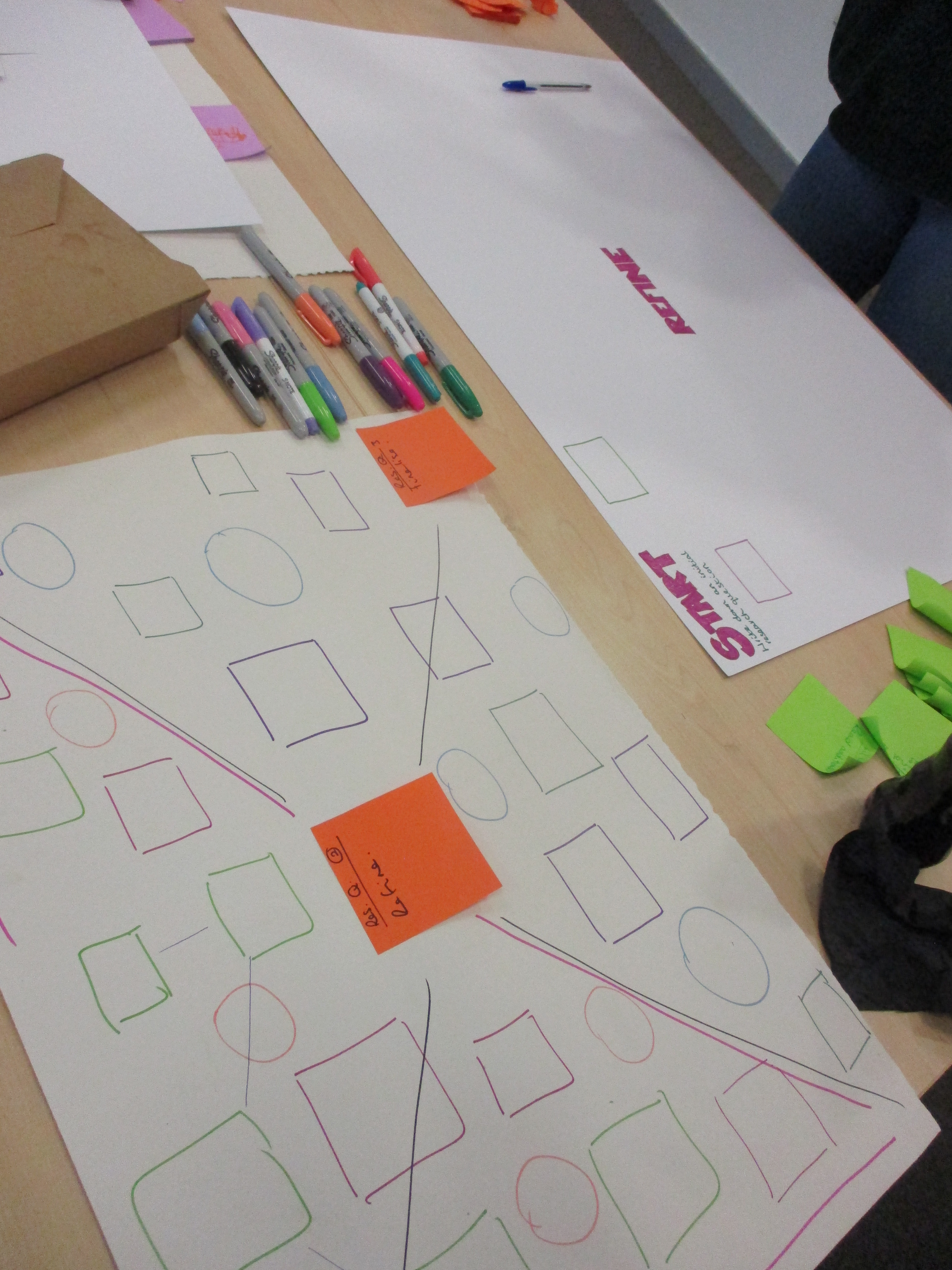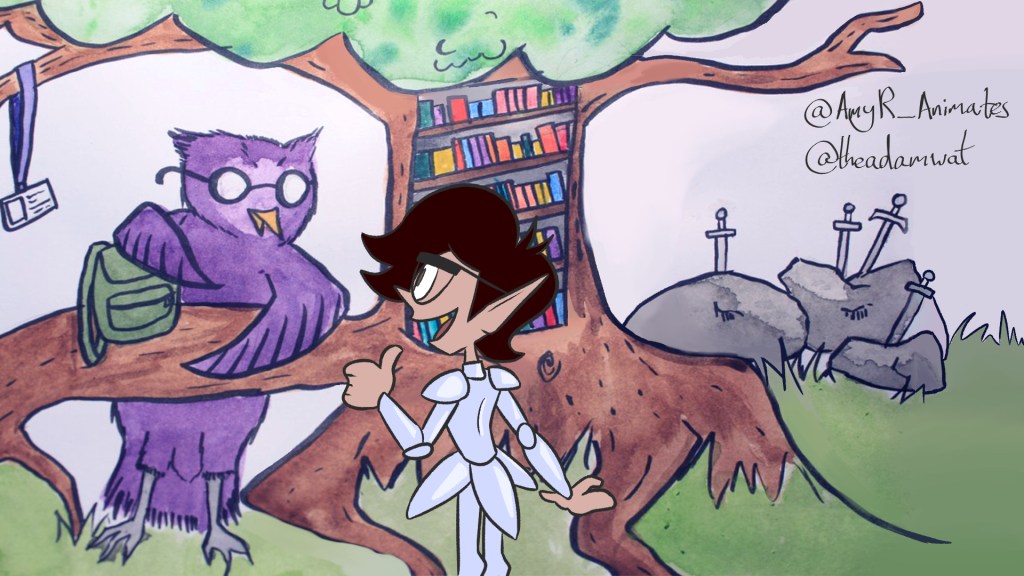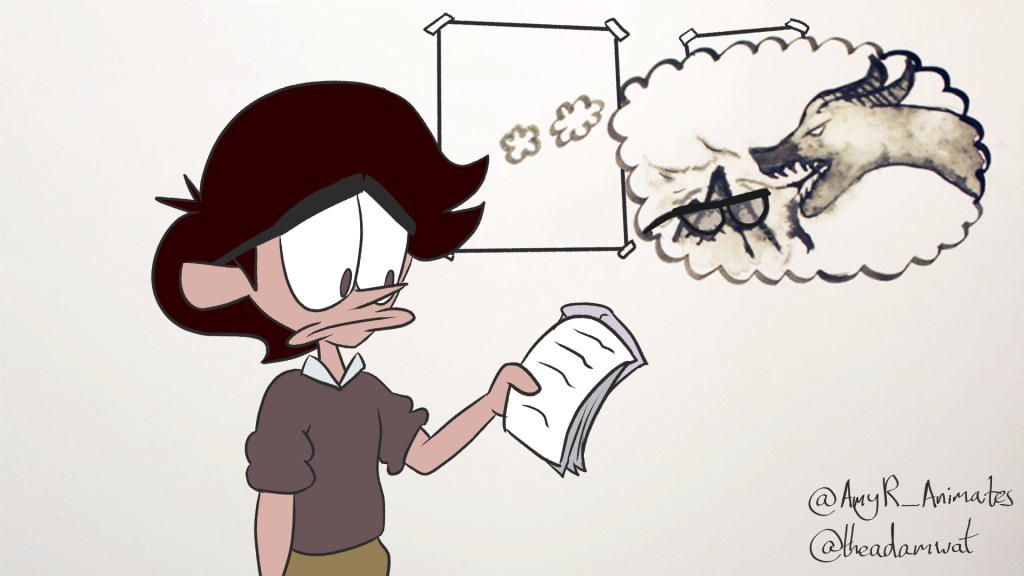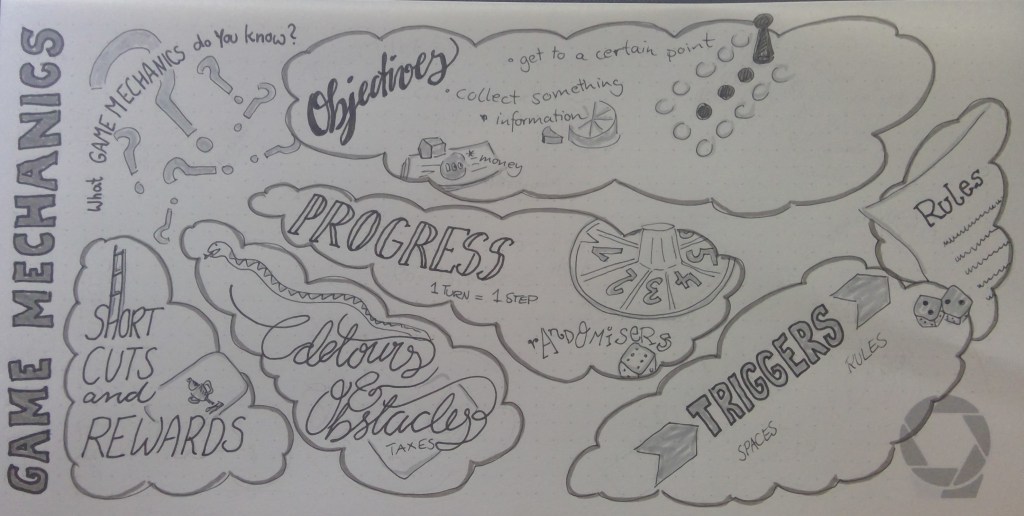Usually when I develop new sessions it is to address a specific need in my practice, but today I want to tell you about what happened when I came across an idea I immediately wanted to try out, but initially couldn’t really fit into what I do…
The Virtual Escape Room Idea
Experience Design is one of the things I am interested in and do research on. I now realise it was a large part of my Masters thesis, although back then I didn’t know that’s that what it was called. And creating learning opportunities, which is my job, is in a way creating experiences for students/learners/participants/add-your-own-preferred-term-here. No wonder I am fascinated by Escape Rooms and have played a few. I have analysed what works and what doesn’t. So when I came across a tweet by Emma Thirkell offering guidance on how to build a virtual escape room via Microsoft One Note, I was immediately intrigued and messaged her to get my hands on this. (You can find her write-ups of her work on this here and here. And if you follow her on Twitter @EmmaThirkell and ask nicely, she’ll probably send you the guidance she wrote, too.)
Added to my own fascination was the fact that we were in lockdown and there was no telling to what extent we would be able to teach on campus for the foreseeable future, so developing my own virtual escape room would be a fun little CPD project for me to do, which could be used for the students once they came back.
There were really only two issues with this: I don’t get on with Microsoft One Note – which is a problem if this is the infrastructure you are building this on. However, I do really like the Class Notebook function in MS Teams, and that is basically One Note linked in, so doing a bit of work on this was probably a good idea and would help me develop my skills in this area. However, the second issue was more problematic – it seemed to me that the most basic form of a virtual escape room (and I did play some of the ones that are around for free as research) is based on a multiple choice test. I don’t really have anything to test that way… I currently teach Animation Studies. My classes don’t end in exams, they end in students making an argument in form of an essay or other genre of their choice. Could I make them memorise dates and similar? Sure, but I don’t think that is the point. I’d much rather they start thinking about the issues within animation, and then they will hopefully have the skills to let those thinking skills develop their animation practice. Now there probably is a way to develop a virtual escape room based on Animation Studies, but I was looking for something straight forward, because I was trying to learn how to design one by doing. So I needed a subject area/collection of topics that a) were somewhat related to my teaching, so I could actually use this for my students; and b) I knew at least something about, so asking technical details about animation processes and the pipeline, for example, were out.
I thought back to one of my areas of expertise, study skills, and wondered whether maybe the library might be able to provide a solution.
Enter the Library
My students need to use the library, and, to be honest, this is a weak point for most of them. (Imagine my shock when a student recently asked me what I meant by telling her to do a search on “the library page” – I meant the Staffordshire University Library Website… but maybe I need to be clearer in spelling things out!) So a fun way that reminds them of the stuff we covered in class would be great. I got in touch with some of the nice folk I know in my library to check whether they already had a virtual escape room, and if not, whether they would be up for helping me put one together. Turns out there hadn’t and yes, they were indeed up for it, so off we went on our little adventure.
Starting Points
Just as with any experience design, it is important that you figure out your audience and objectives before you start designing in earnest.
- My initial idea had been to do something that would introduce students to library skills and the library itself, but after some thinking about this, we decided to focus on the online library (also considering the current context, this would be most useful in the next few months as access to the physical library is restricted. Staffordshire University is also in the process of constructing a new building to house the library holdings, and we didn’t want to make something that would have a very limited usefulness).
- An audience of returning students, they should be somewhat familiar with library services already. This would mean 2nd and 3rd year undergraduates. (Post-grads could use it as a basic refresher, but wouldn’t be the main target audience.)
- Possibly also a way of familiarising students with some of the features of Teams and the OneNote Class Notebook within it as this might become a way of delivering teaching.
- Focus on the online library, rather than the physical one.
- It should be possible to use this as a stand-alone activity, i.e. link it to the library website so students could take it on their own, although it would be possible to play it within a class and/or as a group.
- There should be as little need for updating it as possible, i.e. puzzles should be written so that all the information used would be likely to remain the same, as we didn’t want to spend time on future maintenance.
- There should be the possibility for subject specialists to customise the experience for their subject somehow, but this should be aimed at academics wanting to include this into their teaching, rather than at library staff.
Starting with these objectives we set out to brainstorm the different areas we wanted to include. By that we were guided on information we wished the students had retained from our teaching, as well as frequently asked questions and frequently made mistakes.
The first prototype (a terrible first draft)
We wanted to come up with about 10 different topics to make 10 sections or ‘rooms’ within the Virtual Escape Room, the last of which we wanted to be subject specific. As Animation is my subject area, we used this as the subject to construct the example room.
Then we broke these down into possible questions we could ask, or started with the information we wanted to test for, for example, do the students know the best way to search for a physical book is different than searching a database?
Our first version of the Escape Room was very basic and very cumbersome for a number of reasons:
- It was very obvious the questions had been written by different people in the way the player was addressed.
- The different passwords were complicated codes that sometimes (but not always) combined letter and number combinations of different lengths.
- It seemed very long.
Test playing this through by ourselves, i.e. looking at the sections each of us hadn’t written themselves and giving each other feedback on this, really helped to identify these sticking points, and we decided to simplify it before going public with it.
- We split the whole thing in half, sort of a basic version that focused on searching and referencing, and a more advanced version that considered outside services the university has access to and included the subject specific section. Then we focused on the basic version with the more advanced one something to tweak in the future, if people wanted to actually play a second one.
- We also decided to change the format of the passwords from random to making up words, so that if people were almost there, they could take a guess as to what the right answer was. In the end this meant cutting some questions, but overall it made the playing of the rooms more enjoyable. We also decided that the basic Escape Room should feel easier than the second one, and therefore made those passwords all the same length, whereas the second one might have passwords of different length, and possibly anagrams that need to be unscrambled.
Theming
What I was particularly concerned with was a story to frame this. I didn’t want this to be a random exercise that asked library related questions, because in that case, you might as well just write a multiple choice test. I thought we should try to come up with a compelling story that would provide some sort of motivation for the players and an (albeit made up) reason for why they are being asked all these questions. With the focus of the online library, I came up with some vaguely cyber-security related framing, i.e. the library has been hacked/invaded by a mutant algorithm and the players are asked to reset it step-by-step to make it usable again for themselves and other students. My team liked the idea, so I wrote little introductions to each room that try to keep this theme alive, although they are basically just techno-babble. At some point we were wondering whether we could make it look like this is a conversation that uses the live chat function of the library page, but that seemed to much detail to get into. Maybe once we have good feedback on the whole thing this is something to do to pretty it up a bit.
Testing the refined prototype
The next step was to put this out there, and ask people from outside of the team to test it. We invited some library professionals, as well as lecturer colleagues, one of my experience design friends, and I also tried to get some students on board as testers. We had some feedback, but not as much as I would have liked, and simplified instructions a bit more based on that feedback. (I can recommend having somebody screenshare with you while they are playing and talking you through their thinking, that was a very valuable exercise for me!)
And this is the stage we are currently at. We have decided to make it available to the wider university now, but make it clear it is still in the testing phase. Keep your fingers crossed!
(and yes, I will update you about this at some stage ;-))





